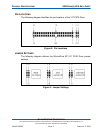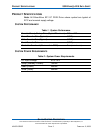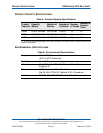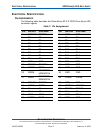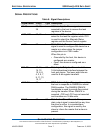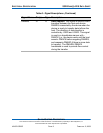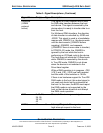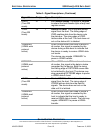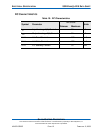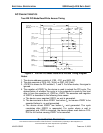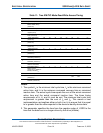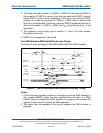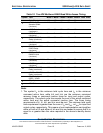
ELECTRICAL SPECIFICATION SSD-DXXX(I)-4210 DATA SHEET
SILICONSYSTEMS PROPRIETARY
This document and the information contained within it is confidential and proprietary to SiliconSystems, Inc.
All unauthorized use and/or reproduction is prohibited.
4210D-03DSR PAGE 9FEBRUARY 2, 2009
DMARQ#
(UDMA
protocol
active)
This signal is a DMA request that is used
for DMA data transfers between the host
and device. This signal is asserted by the
device when it is ready to transfer data to or
from the host.
For Multiword DMA transfers, the direction
of data transfer is controlled by -IORD and
-IOWR. This signal is used in a handshake
manner with -DMACK (i.e., the device waits
until the host asserts (-)DMACK before
negating (-)DMARQ, and reasserts
(-)DMARQ if there is more data to transfer).
In PCMCIA I/O mode, the -DMARQ is
ignored by the host while the host is
performing an I/O Read cycle to the device.
The host does not initiate an I/O Read cycle
while -DMARQ is asserted by the device.
In True IDE mode, DMARQ is not driven
when the device is not selected in the
Drive-Head register.
While a DMA operation is in progress, -CS0
(-CE1) and -CS1 (-CE2) are held negated
and the width of the transfers is 16 bits.
If there is no hardware support for True IDE
DMA mode in the host, this output signal is
not used and should not be connected at
the host. In this case, the BIOS must report
that DMA mode is not supported by the
host so that device drivers do not attempt
the DMA mode operation.
GND 2, 19, 22,
24, 26,
30, 40,
43
- Ground. The device ground signal.
INTRQ 31 O Interrupt Request. This signal is an active
high interrupt request to the host.
Table 8: Signal Descriptions (Continued)
Signal Name Pin(s) Type Description




